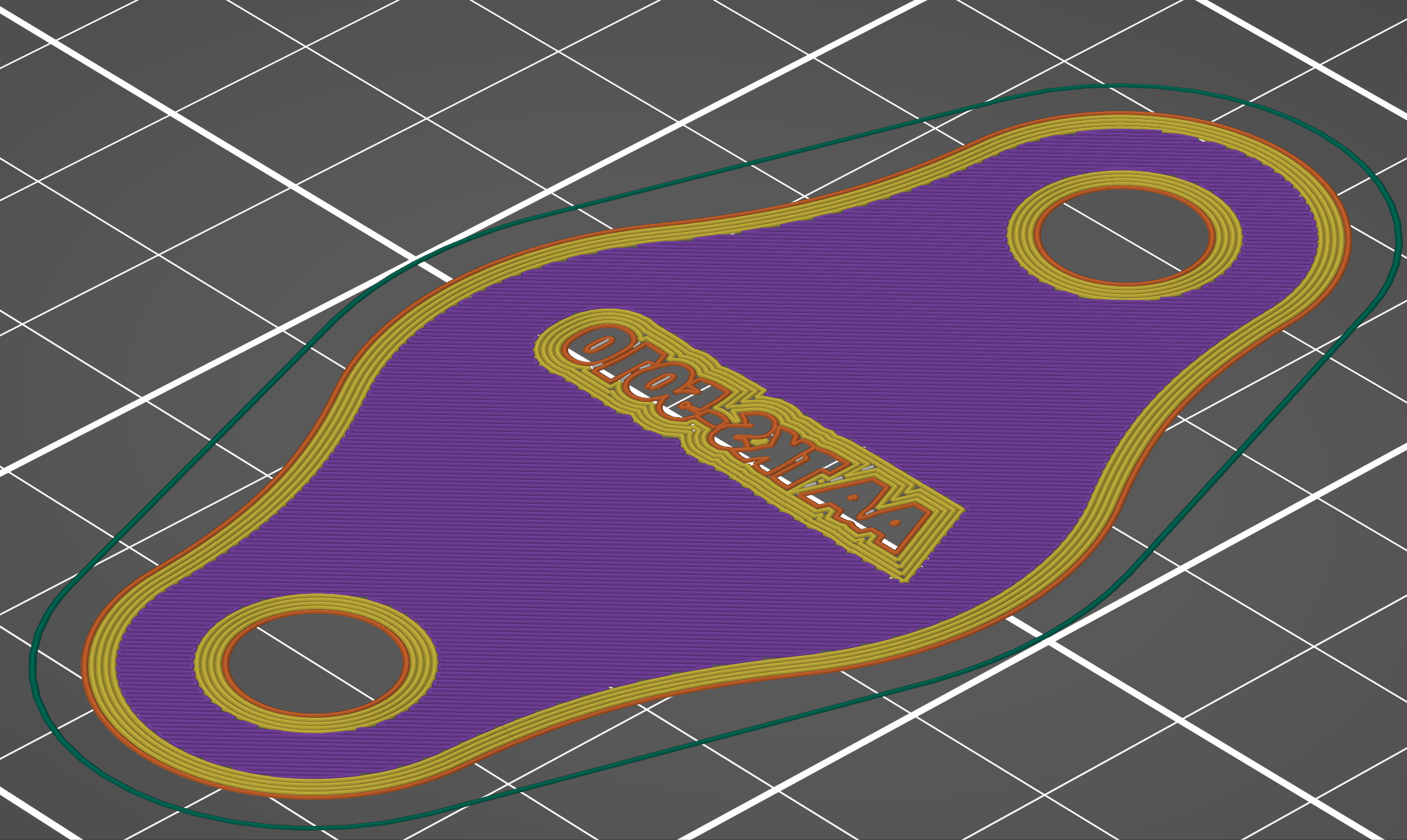Injection-molding has been around since 1872. It’s been through a lot of improvements since then, but it still basically consists of ramming molten plastic into a mold and letting it cool down. We’ve got experience designing a lot of parts for this process and its primary advantage is really affordable parts. But the downsides are considerable;
- You’ve got to add “draft” to your parts, which prevents perfectly flat surfaces.
- The parts shrink during cooling, which means tolerances are relatively large (+/- 0.020”).
- The plastic cools unevenly after injection – the outside shell first and the inner material slowly after. Because plastic shrinks when it cools, it causes a ton of contained stress forces in the part, even warping. It’s what causes part to shatter or break easily when force is applied.
- Tooling is expensive and takes a long-time to set up. This prevents engineers from making continuous small improvements to the design and requires large order quantities from overseas.
Engineering-grade FDM 3D printing solves each of these problems above, though it has problems of its own.
- No mold is required, allowing our engineers to make constant small improvements to the design without purchasing a new tool and making thousands of inventoried parts obsolete..
- Because the part doesn’t have to “eject” out of an injection mold, we don’t have to design “draft” into parts. For example, our motor mounting end cap has a perfectly parallel surface to our roller tube, eliminating all noises and dramatically increasing the strength of the assembly.
- The nature of FDM printing allows for partially hollow parts with robust framework supports inside the actual part. The let’s us have lighter parts that are still stronger than their injection-molded equivalents. Additionally, if a part is subjected to too much force it will flex rather than break or shatter.
- Because we make each kit of parts to order, we don’t have to place large stocking orders from overseas. This allows us to offer color-matched components without increasing inventory or the cost to you.
- Unfortunately, the parts do take substantially longer to produce than their injection-molded equivalents. Where an injection molded part might be produced in seconds, it takes about 8 hours for our engineering-grade FDM 3D-printers to produce the kit for one screen. That’s why we’ve developed an in-house industrial print “farm” with the capacity to produce as many kits as we need each day. Check out the video of one of our kits printing here.
We’re not alone in thinking engineering-grade 3D printing is the best way to produce reasonable quantities of ultra-high quality parts. Check out these articles from leaders in other industries:
- Tesla
- NASA
- General Electric
- Nike
- Others also using 3D printing in production; Boeing, Hasbro, Hershey’s, Airbus, ExxonMobil, L’Oreal, Caterpillar…
Each FDM part is designed in 3D for optimal strength. After design, the part is nested and converted into CNC-code that creates the specific motions for our industrial printers. Through physical sample testing, we adjust the wall thickness, fill percentage and internal reinforcements necessary to meet our strength requirements.


